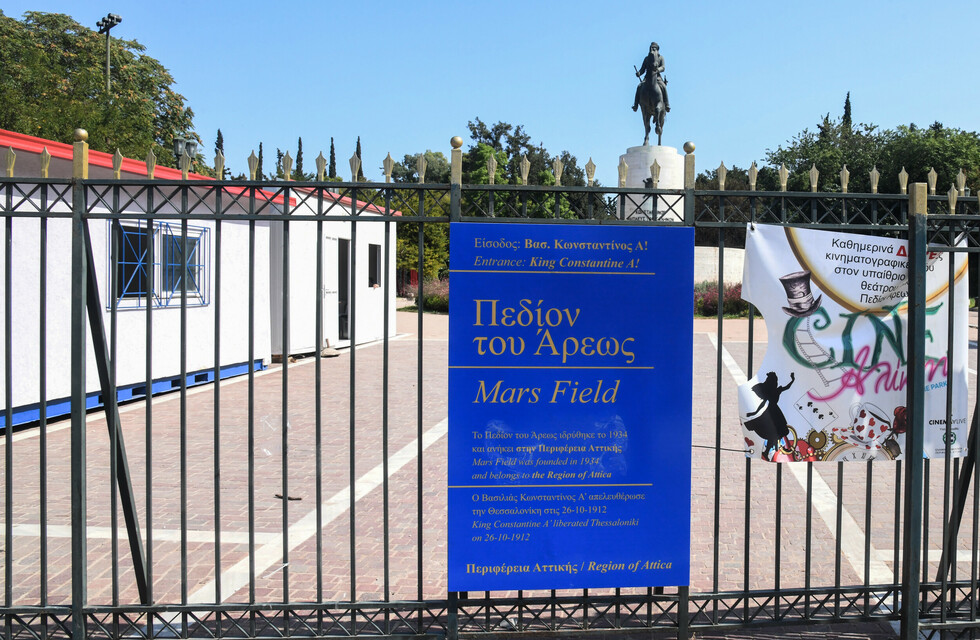The origins of Pedion Areos
Nestled at the heart of Athens, Greece, Pedion tou Areos stands as an iconic public park with a storied past. Established in 1934 to honor the heroes of the Greek Revolution of 1821, this sprawling 277-acre green oasis has borne witness to a remarkable evolution, transitioning from a leisure haven for Athenians to a temporary refuge for displaced refugees and, most recently, back to its original historical purpose. In this exploration, we delve into the profound historical significance of Pedion tou Areos.
Why Pedion Areos is important
Pedion tou Areos was conceived as a tribute to the heroes of the Greek Revolution of 1821, and this reverence echoes through its “Street of the 21st Fighters,” adorned with marble busts of 21 distinguished heroes. These statues stand as a testament to the relentless struggle for Greece’s independence from Ottoman rule, forging a profound connection between the park and the very essence of Greek identity.
During the late 1930s and early 1940s, meticulous landscaping efforts planted approximately 46,000 trees and shrubs, meticulously selected to offer respite from the summer heat while permitting the warmth of the winter sun. This thoughtful design aimed to create an inviting sanctuary where Athenians could find solace amidst nature.
The connection to the refugee crisis
Pedion tou Areos faced a momentous challenge during the refugee crisis. Hundreds of migrants, predominantly hailing from war-torn regions such as Syria and Afghanistan, sought refuge within the park, effectively transforming it into an improvised settlement. The absence of state intervention in this makeshift camp created a complex situation, impacting both the refugees and the local populace.
In recent years, authorities have taken concerted measures to address the situation at Pedion tou Areos. The refugees who had temporarily sought shelter in the park have been evacuated, allowing the park to return to its original purpose.
Pedion tou Areos endures as a timeless symbol of Greece’s history and cultural heritage. Though it briefly played a role in addressing the refugee crisis, the recent evacuation of refugees has permitted it to reclaim its intended function. Like Athens itself, the future of this historic grove continues to evolve, adapting to the ever-changing needs of society.
For those seeking a deeper understanding of the refugee crisis and its impact on Pedion tou Areos, we offer the opportunity to embark on an immersive “Understanding the Refugee Crisis” walk. This experience provides firsthand insights into the challenges and experiences of refugees in Greece, allowing you to gain a more profound perspective through direct research.



0 Comment